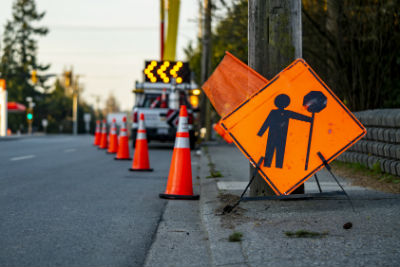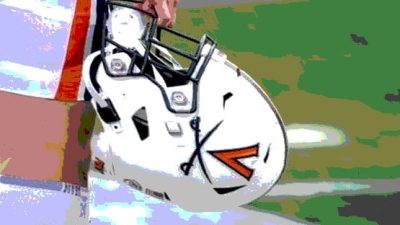
Newly released AAA research indicates that some drivers may not fully grasp the danger they pose to roadside workers, a particularly alarming finding given the recent deaths of two AAA drivers killed this year along with dozens of other first responders working at the roadside.
In fact, on average, across the U.S., every other week a first responder is killed while working at the roadside, highlighting just how dangerous it is for individuals who regularly work along the shoulders of America’s busy and congested roads.
A AAA Tow Driver in Ohio was killed on July 4th while placing a disabled vehicle on the back of a flatbed on the side of the road. Only three weeks later, a AAA driver in Colorado was also struck and killed. As of August of this year, 14 tow providers have lost their lives while helping others at the roadside.
An average of 24 emergency responders, including tow providers, are struck and killed by vehicles while working at the roadside each year.
“As drivers, we all share responsibility for keeping roadside workers safe. By paying attention, slowing down and moving over, away from the side of the road where work is taking place, we allow those working to do so without risk,” says Tom Wiedemann, president and CEO, AAA Club Alliance. “AAA is committed to raising awareness around this critical issue that continues to tragically claim the lives of first responders and disabled motorists.”
To protect our first responders, AAA and other traffic safety advocates have led the way in getting Move Over laws passed in all 50 states and the District of Columbia.
Yet, startling new data from the AAA Foundation for Traffic Safety finds that among drivers who do not comply with Move Over laws at all times:
- 42 percent thought this behavior was somewhat or not dangerous at all to roadside emergency workers. This demonstrates that drivers may not realize how risky it is for those working or stranded along highways and roads closed to moving traffic.
- nearly a quarter of those surveyed (23 percent) are unaware of the Move Over law in the state where they live, and
- among those who are aware of their state’s Move Over laws, about 15 percent report not understanding the potential consequences for violating the Move Over law at all.
A new AAA poll of Virginia drivers* indicates a similar lack of understanding or awareness around the state’s Move Over law:
- Even though 97 percent of Virginia drivers responded that it is ‘very dangerous’ or ‘somewhat dangerous’ for roadside workers if drivers do not comply with the Move Over law
- and 93 percent of Virginia motorists said they would support such a measure
- more than one-quarter (28 percent) of all Virginia drivers answered ‘unsure’ or thought there was ‘no’ Move Over law
Virginia’s Move Over law requires all drivers approaching a stationary vehicle with flashing, blinking or alternating blue, red or amber lights to proceed with caution and, if reasonable with safety and traffic in mind, yield the right-of-way by making a lane change into a lane not next to the stationary vehicle.
Slow Down, Move Over for disabled motorists
It’s not just tow providers and other emergency responders being killed on the side of the road. Since 2015, over 1,600 people have been struck and killed while outside of a disabled vehicle and some states have extended Move Over protections to include everyone at the roadside.
“This is not just about the law. This is about drivers paying attention and looking out for others because it is literally a matter of life and death,” says Morgan Dean, spokesperson for AAA Mid-Atlantic in Virginia. “Don’t just slow down to look. Slow down and move over.”
The reality is that drivers are increasingly distracted while driving. Previous AAA Foundation research has found that drivers are up to four times as likely to crash if they are talking on a cell phone while driving and up to eight times as likely to be in a crash if texting.
To protect roadside workers, drivers with disabled vehicles, and others, and to improve highway safety, AAA offers these precautionary tips:
- Remain alert, avoid distractions and focus on the task of driving.
- Keep an eye out for situations where emergency vehicles, tow trucks, utility service vehicles or disabled vehicles are stopped on the side of the road.
- When you see these situations, slow down and if possible move one lane over and away from the people and vehicles stopped at the side of the road.










